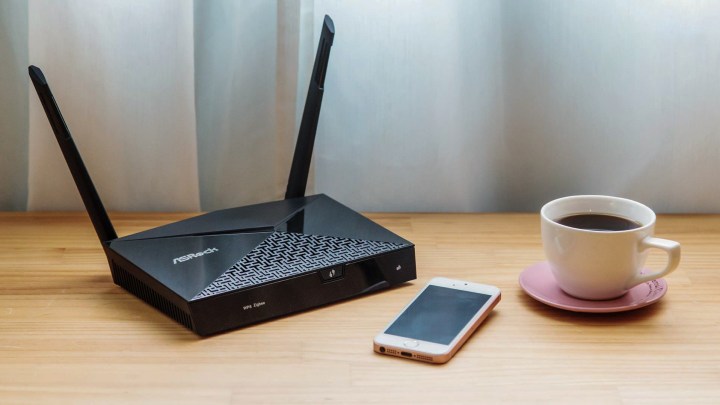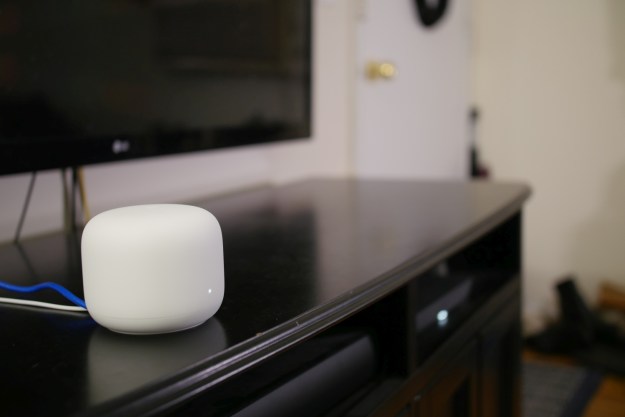
Wi-Fi speeds and features will be much easier to understand at a glance moving forward. Future devices that are certified for the latest 802.11ax standard will be given the designation “Wi-Fi Certified 6.” Any mentions of the more complicated number and lettering convention will be left for technical manuals. Previous generations of Wi-Fi will also be renamed with single-digit generational numbering to make it more obvious what they and supporting hardware are capable of.
Traditionally, new generations of Wi-Fi were designated through a change to their lettering. Recent generations included 802.11n and 802.11ac, with 802.11ax being the next, upcoming generation. Moving forward the Wi-Fi certification body, the Wi-Fi Alliance, is ditching that for public-facing naming and will instead use the new, simpler designation.
Although the marketing won’t change for older-generations of Wi-Fi products — which will still read Wi-Fi Certified 802.11ac, and so on — those generations will also be renamed in line with the new standard. Moving forward, 802.11ac will be known as Wi-Fi 5, and 802.11n will be known as Wi-Fi 4.
“For nearly two decades, Wi-Fi users have had to sort through technical naming conventions to determine if their devices support the latest Wi-Fi,” said Edgar Figueroa, president, and CEO of the Wi-Fi Alliance. “[We are] excited to introduce Wi-Fi 6, and present a new naming scheme to help industry and Wi-Fi users easily understand the Wi-Fi generation support by their device or connection.”
Wi-Fi 6 will offer faster speeds for all devices on the 2.4GHz and 5GHz spectrums, with a raw throughput speed boost of as much as 37 percent. However, due to improvements in efficiency in the use of different channels and the various spectrums, it’s been suggested that throughput speeds of as much as 400 percent may be possible. It will also support an upgrade to MU-MIMO connectivity, being able to utilize it in the uplink, as well as downlink direction, and will provide much better speeds for networks with a large number of users, such as in public settings and retail outlets.
If you don’t want to wait for the new Wi-Fi 6 standard to debut next year, these are the best wireless routers you can buy today. Need tips on what to look for beyond Wi-Fi speeds? Check out our buying guide.
Updated on October 3, 2018: Rejigged text and clarified when certification will launch.
Editors' Recommendations
- How to change your router’s Wi-Fi password
- How to get Wi-Fi access anywhere at any time
- What is Wi-Fi 7: Everything you need to know about 802.11be
- This Wi-Fi security flaw could let drones track devices through walls
- Google Nest Wi-Fi Pro adds Wi-Fi 6E but loses compatibility




